The British Empire was the largest empire in history in terms of land area , and one of the world's most formidable military powers at its peak. From Napoleonic France to Southeast Asia and the Americas, Britain was renowned for its impressive success on the battlefield, often against much larger and better-armed foes.
Of course, you can't win every battle you fight. Like every other mighty empire in history, the great history of the British Empire also contains many tales of massive, catastrophic military defeats.
10. Battle of Isandlwana
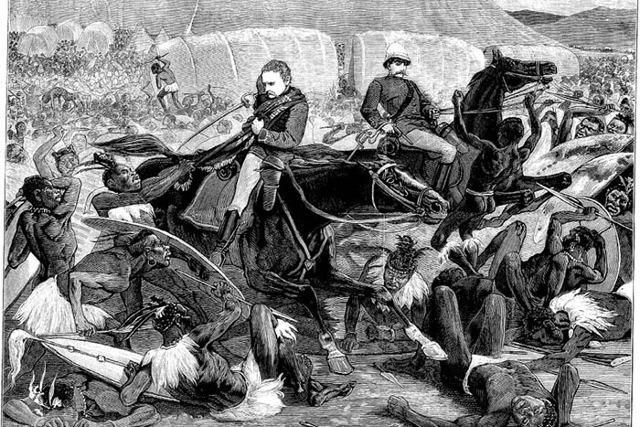
The Battle of Isandlwana was the opening battle of the Anglo-Zulu War, a major conflict in south-eastern South Africa involving the Zulu Kingdom and Great Britain. The battle, fought on 22 January 1879, would go down as one of the bloodiest defeats of the British forces at the hands of the local army, despite their vast superiority in military equipment.
Armed with rockets and modern breech-loading rifles - compared to the old-school close-quarters weapons such as pikes and spears on the Zulu side - the British troops were caught off guard by the sheer numbers of the Zulu army. Lord Chelmsford , who led the attack, also greatly underestimated their will to fight, and by the end of the day most of the British force had been destroyed.
It was the first battle of the Anglo-Zulu War, and although the Zulus were eventually defeated after a six-month campaigns , the Battle of Isandlwana is still considered a major British defeat in colonial-era Africa. It was part of a larger British effort to form a southern African confederation in the region, directly challenging the autonomy of several ethnically diverse African states such as Zululand.
9. The First Boer War
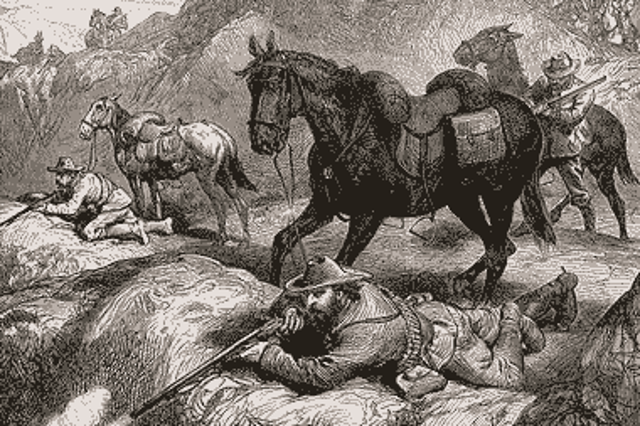
The First Boer War, also known as the First Transvaal War of Independence or the Transvaal Rebellion, could be seen as a continuation of the global British-Dutch rivalry of the time, although the Boers were not actually citizens of the Netherlands. Although they were primarily of Dutch descent and spoke Dutch as their first language, the Boers included descendants of settlers from all over Western Europe.
British incursions into Boer territory had begun long before the war, although it was the annexation of the Transvaal in In 1877 - one of territories , ruled by the Boers. The war - or, more accurately, the rebellion - began in December 1880, pitting the British Empire against an equally armed and well-trained enemy.
As you might guess from the overall theme of this list, this didn't go over well for the British. The Boers were far superior in this type of terrain, as they regularly used firearms for hunting. They had far superior weapons and tactics, and British troops regularly encountered mobile, mounted rifle teams.
The war ended with a decisive battle at Majuba Hill in February 1881 , when the Boers successfully stormed the British positions on Majuba Hill, manned by more than 400 soldiers. During this campaign, more 22 000 British soldiers, of whom more than 6,000 were on the Boer side.
8. Siege of Kut
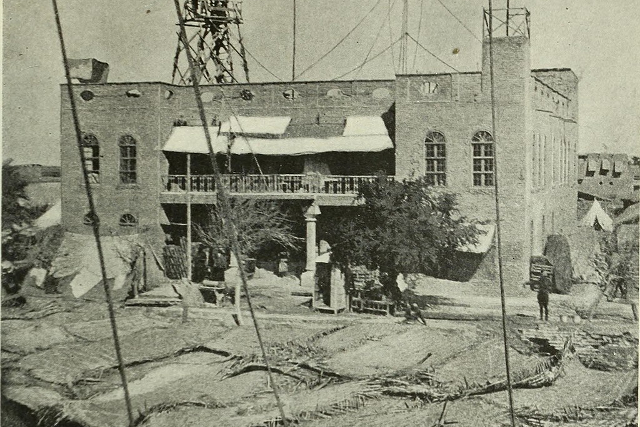
The Battle of Kut took place during the Mesopotamian Campaign of World War I. About 100 miles southeast of Baghdad, Kut was then a strategically important city due to its proximity to oil, a resource that would forever change the way war was fought.
On December 7, 1915, the Ottoman army besieged the city with a British garrison of about 10,000 soldiers. Although it was later reinforced by a relief contingent of about 30,000 soldiers, the siege still ended in disaster for the British.
During the nearly five-month siege, Ottoman forces, despite overwhelming numerical superiority, killed more than 30 000 British soldiers, making it one of the deadliest military battles in British history. By the end of it, people were taken prisoner more 13 thousand soldiers, including six generals and 476 officers.
7. Battle of the Tugboat Argan
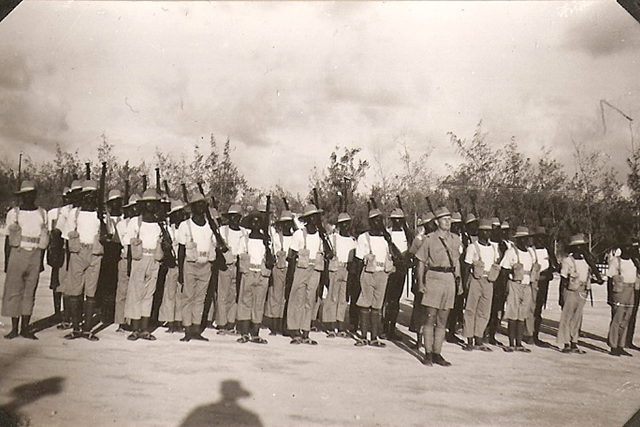
The East African campaign of World War II is a largely forgotten phase of the war, and perhaps rightly so. The region, largely controlled by the British, was of little strategic importance to either side, although it still saw some of the fiercest fighting outside the main European and Pacific theatres.
The Battle of Tug Argan was an early engagement during the campaign between Italian and British forces August 11, 1940 It was a weakly defended position, as they had not expected Italian troops to venture so far into British-held territory in search of an outpost that could at best be described as "occasionally hospitable". However, it was a great morale boost for the Italian troops, which could be put to good use elsewhere.
Despite their strong fortifications, the British forces were routed in less than five days, though at great cost to Italy. Despite their numerical superiority, the Italian forces lost over 2,000 soldiers that day. British losses were about 250 Human , as they managed to retreat from the position before it was taken by storm.
6. Battle of Ghazala

The Gazala Line refers to a heavily fortified Allied position that was built west of Tobruk, a port city in Libya, during the North African campaign of World War II. Its primary objective was to hold the city, which had been besieged by German and Italian forces earlier in the campaign. By May 1942, the line was manned and defended almost entirely by the British Eighth Army, a formation specially trained for desert combat and reconnaissance, even if it did little to stop the Axis war machine. Well, at first, anyway.
On May 26, the 50-mile line came under heavy attack from Italian and German forces led by Erwin Rommel, also known as the "Desert Fox" for his achievements in this theatre. Even by the most conservative estimates, the British formation, made up of soldiers from its colonies and the Free French Republic, numbered about 175,000 people , which outnumbered Rommel by more than 2:1.
While the defenders put up a stubborn resistance, the Eighth Army was ultimately unable to maintain its supply lines, unlike Rommel, who was regularly supplied by Italian command centres in Libya and throughout the Mediterranean. Tobruk fell on 21 June, and the remaining Allied forces were surrounded and forced to retreat across the Egyptian border. More than 50,000 soldiers died in the battle, and about 35 000 were taken prisoner, compared to the loss of about 3,300 German and Italian soldiers.
5. Medway Raid
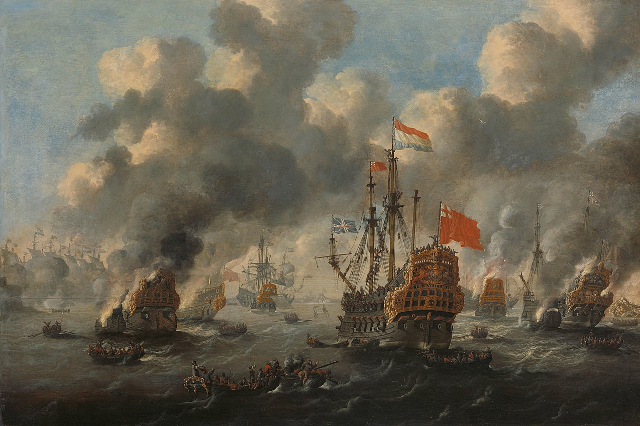
The Dutch raid on the Medway shipyards in 1667 came at the worst possible time. Just after the Great Fire of London and a devastating outbreak of bubonic plague that killed up to 100,000 people , the country has also been involved in increasingly intense war with the Dutch. However, the raid turned out to be its most intense and destructive phase.
Unlike the last years of the empire, this was a time when other maritime empires, such as the Dutch and Portuguese, were posing a serious challenge to the Royal Navy. The raid began on 12 June, when Dutch ships passed the defensive chain off the British coast and proceeded to empty all the docks. Many fortifications, small boats and gun batteries were destroyed in exchange for minimal losses for the Dutch. The destruction was so extensive that it seemed as if the sea was on fire, and by the end of it the Dutch had captured four ships, including HMS Royal Charles. This was the most large British defeat on home soil, and it took years before the Royal Navy was restored to full fighting capability.
4. Battle of Carillon
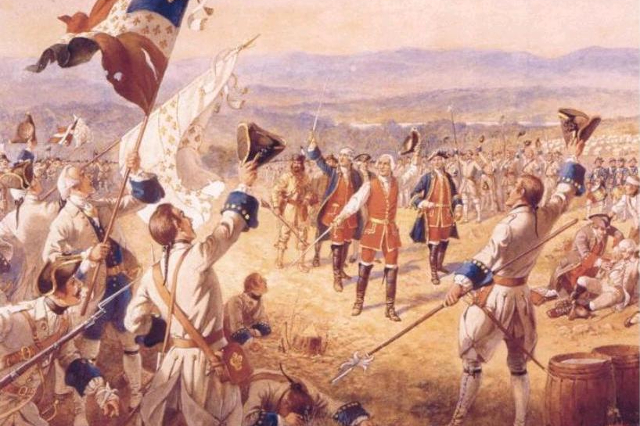
The Battle of Carillon was part of the larger French and Indian War, which in turn was part of the larger Seven Years' War between Britain and France. Fighting at Fort Carillon, a heavily defended French position between Lake George and Lake Capellin, New York, he witnessed some of the heaviest fighting of the war.
The battle began on July 6, 1758. Despite the overwhelming numerical superiority of the British contingent, it would hardly take the French, allied with various local groups in the region, a couple of days to drive them off. Even by the most conservative estimates, at least 15,000 British troops stormed the fort, compared to about 3,600 French defenders.
While the British troops were well trained and prepared for battle, the attack was carried out without the use of artillery , which led to heavy losses and rapid defeat. By the end of this assassination attempts more 2000 British soldiers were killed or wounded, compared with just over 300 casualties on the French side.
3. The First Anglo-Afghan War
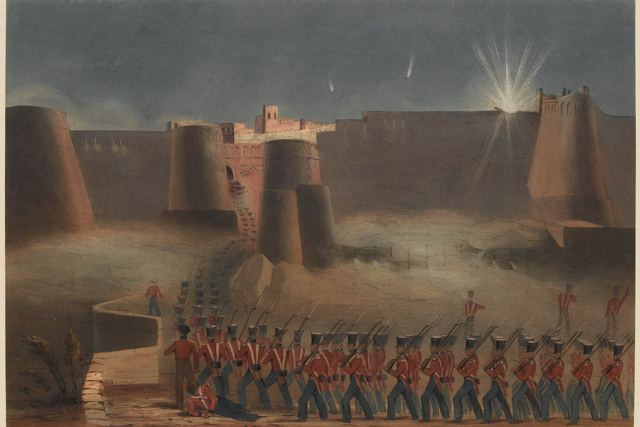
British troops from India invaded Afghanistan in March 1839, starting the First Anglo-Afghan War. It was part of a larger Cold War that had been brewing between Russia and Britain for much of the 19th century. They feared that if Russia invaded Afghanistan, it could be used to launch an invasion of British-controlled India – by then one of the most profitable colonial enterprises in the world.
The invasion force consisted of 20,000 soldiers, as well as caravan of some 38,000 civilians, hoping to resettle the country once it had been smoothly taken over, as was usually the case with the British. That was the case, at least at first. The British military machine was able to overthrow the existing emir, Dost Mohammed, with relative ease by August 1839, replacing him with a puppet pro-British ruler, Shuja Shah.
Although the place was easy to conquer, Afghanistan proved impossible to hold. For more than two years, British troops in Kabul fought a bitterrebels from all sides, including the murder of several high-ranking British officers in Kabul. Vastly outnumbered – as most of the original members of the caravan had already returned home to India – the British forces began their retreat in January 1842, numbering some 16,000 men in total. It would turn into a massacre, as the entire column was harassed and attacked by Afghan fighters until they reached Jalalabad. By “they,” we mean “him,” as only one British officer survived the ordeal, as the entire column was wiped out en route.
2. Gallipoli Campaign
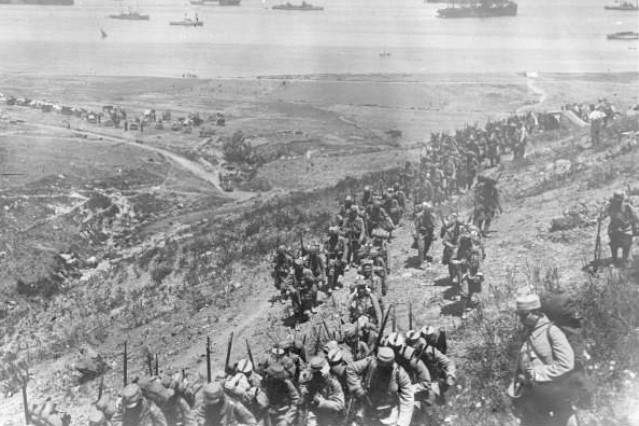
The Gallipoli campaign during World War I aimed to strike at the heart of the Ottoman Empire, Istanbul. The Allied forces were huge, with over 480 000 soldiers, although most of them never returned. The bulk of it was British, with smaller contingents from Australia, New Zealand, Russia and other allied countries.
The overall objective was to achieve complete Allied superiority over the Gallipoli peninsula, which could then be used as a base for direct attacks on Istanbul. Despite heavy losses to the Royal Navy under the command of Winston Churchill, then First Lord of the Admiralty of the British Navy, February 1915 The allies managed to capture several positions on the coast, which soon turned into network of trench lines, as in Europe.
For about a year, the Allies tried to hold their ground, although they were no match for the entrenched and well-equipped Ottoman forces. Moreover, they were able to consolidate their positions much faster than the Allies, who were also suffering from deadly outbreaks of diseases such as dysentery .
The Allied forces capitulated in January 1916, but only after suffering heavy losses. Both sides lost more than 250,000 men, although some estimates put the number higher.
1. Battle of Singapore
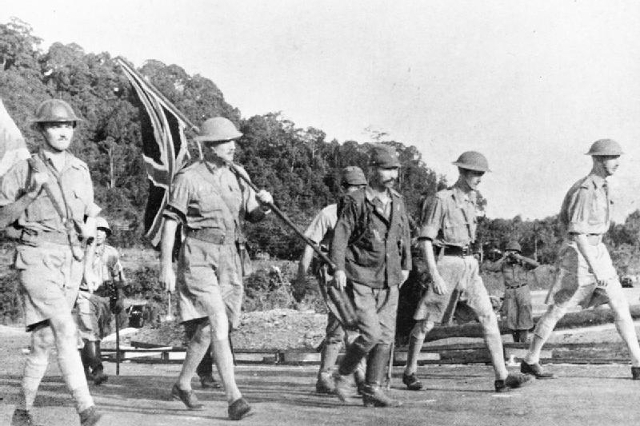
When World War II broke out in the east, Singapore was one of the most well-defended British strongholds in the region. They spent much of the interwar period bolstering its defences, particularly its naval establishment, as it was vulnerable to attack by the rapidly militarising Japanese Empire. However, when the Japanese attacked, there was little that could stop them.
The attack began on February 8, 1942, when Japanese troops numbering more than 23 000 men landed on the island and established a beachhead. While the British outnumbered them by more than 3:1, the Japanese had almost complete air superiority over the region due to their earlier territorial gains in Malaysia. The infantry divisions were also no match for the elite Japanese units, and February 15 All British-led forces were forced to surrender. More than 90,000 Allied combatants were captured that day, many of whom later became victims of the horrors of Japanese prisoner-of-war camps.













Оставить Комментарий